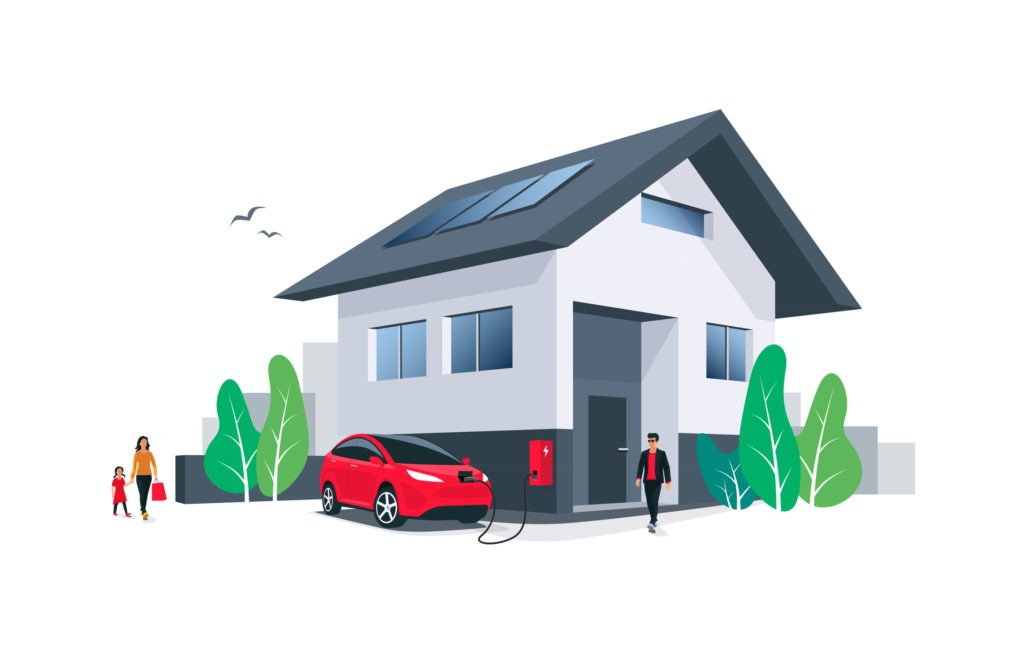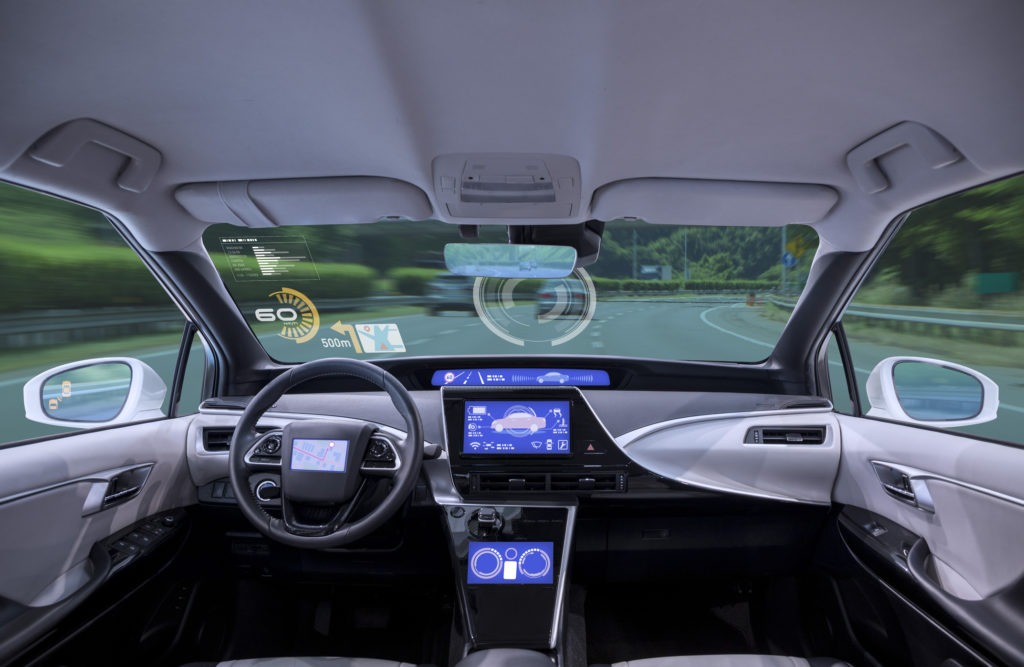How is policy shaping Europe’s private EV-charging infrastructure?
05 August 2022

Private charging is predicted to lead the way for electric-vehicle (EV) infrastructure. But how is this crucial element of electromobility being regulated in Europe? Autovista24 deputy editor Tom Geggus explores the influence of infrastructure policy.
In its State of the Industry report, EV charging-infrastructure association ChargeUp Europe calculates that Europe’s total stock of charging points will increase to 30 million by 2030. Residential locations are expected to continue as the dominant use case, making up four out of five points. Meanwhile, workplace charging will grow to a 15% share in 2030, with private plugs accounting for more than 94% of deployed infrastructure. Growth on this scale will require a well-mapped regulatory framework.
‘The policy developments are huge,’ ChargeUp Europe’s communications chair and director of public policy at GreenWay, Aaron Fishbone told Autovista24. ‘The policies which are under consideration and even in their final stage are going to have significant ramifications.’ From the Alternative Fuels Infrastructure Regulation (AFIR) proposal to the Energy Performance of Buildings Directive (EPBD), there are many influential policies on the table.
Electromobility has been driven by policy so far, particularly for vehicles. While Fishbone reasons the market would be able to supply the required charging points organically, it could not do so quickly enough to meet current pressures. Infrastructure deployment must keep pace with mandated emissions-reduction targets under the Fit for 55 package, as well as inflated energy prices, and the drive for electromobility.
Market cornerstone
While the AFIR proposal is primarily focused on publicly-accessible points, Fishbone outlined its importance as a cornerstone of future marketplace development. ‘It will set the framework for the next decade in order to meet these pretty ambitious targets that Europe has,’ he said.
The European Commission’s proposal includes the introduction of capacity-based targets for infrastructure. However, ChargeUp Europe does not believe a one-size-fits-all solution is appropriate, instead proposing targets based on the size of each EU member state’s electrified fleet, including battery-electric vehicles (BEVs) and plug-in hybrids (PHEVs).
The industry body recognised that private infrastructure will ‘remain the most important EV use case throughout Europe,’ and recommended non-binding fleet-based capacity targets under AFIR. Designed to kick-start installation, the stratified system would allow the market to organically take over once development picks up enough speed.
It would also help address the disparity in infrastructure rollout across Europe, by adjusting to each country's level of fleet electrification. In September last year, the European Automobile Manufacturers’ Association (ACEA) revealed the uneven spread of EV infrastructure across the EU. 10 countries did not even have one charging point for every 100km of key roads.
Maria Andreeva from the global emobility team at Schneider Electric confirmed the disparity in charging development across Europe. Considering permits alone, each country has its own way of proactively enabling or unintentionally obstructing infrastructure installation. The regional advance in electromobility is also tied to each country’s unique adoption of sustainable energy sources. A grid heavily dependent on fossil fuels will not help electric cars make greener journeys.
Bundling power
Andreeva highlighted how electromobility, power, and sustainability policies have become interwoven. ‘We can see things are starting to be bundled because electricity needs to be green and consumed in a green way,’ she told Autovista24. Accelerated by Europe’s energy crisis, these market conditions create prosumers; consumers who also produce power using connected technology. But for the likes of photovoltaics (PVs) to reach their full potential, connected infrastructure must be embraced.
Analysis from Schneider Electric revealed that smart charging adds further value, makes savings on building energy costs, and abates carbon emissions. It also found charging at a building provides cost benefits compared to public charging across most cases. The organisation pointed to the re-designing of the Energy Performance of Buildings Directive (EPBD) as a promising example of how private infrastructure can be bolstered through clear mandates.
‘As private (residential and workplace) charging will remain the most important EV charging use case throughout Europe, it is important that buildings (public and private, residential and commercial) offer widespread EV charging solutions,’ ChargeUp Europe said in its EPBD position paper.
It said that while the infrastructure targets set under the policy are a step in the right direction, significant scaling up of charging solutions at private locations is required to deal with the growing EV market. The organisation made a tranche of recommendations including making all non-residential buildings charging-ready by 2035, with intermediate targets for 2025 and 2030. Pre-cabling was highly recommended for residential areas as well.
‘Existing residential buildings with more than five parking spaces should have pre-cabling for one in two parking spaces by 2025, 70% of parking spaces by 2030, and make sure that they are 100% EV ready by 2035,’ ChargeUp Europe argued. These charging points should also be digitally connected and smart-charging capable.
Right to plug
The ‘right to plug’ was highlighted as a crucial element of the EPBD review. This looks to make EV infrastructure more accessible by doing away with certain regulatory and administrative hurdles. It would shift the burden of proof away from infrastructure applicants. So instead of requiring evidence as to why a plug-in point is required, authorities would need to show why this is not needed.
Andreeva illustrated the importance of the right to plug within the EPBD with an example. ‘I am living in Berlin, and I have an electric car I want to charge at home. But it is not easy to understand the required approvals and parties to be involved in the process.’ But the right to plug would open up an opportunity for a charger to be installed in the garage or underground car park, laying the foundations for that all-important EV ecosystem.
‘There are a lot of developments, but the most important thing is user experience because, in the end, it is the user who is deciding to go electric and to charge where it is comfortable,’ Andreeva said.
So, while European legislation opens the door to improve the user experience, there will likely be further industry evolutions in the coming years. This means policies will need to undergo constant revisions to keep pace with new technology and user expectations.



